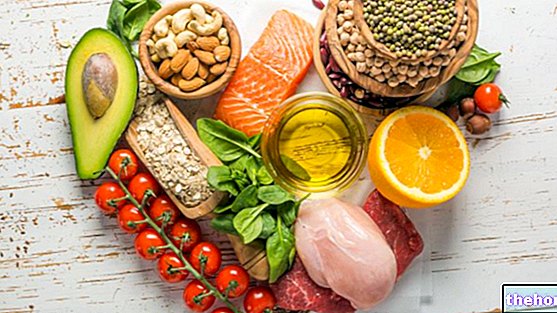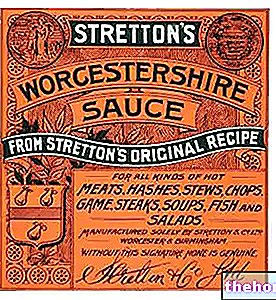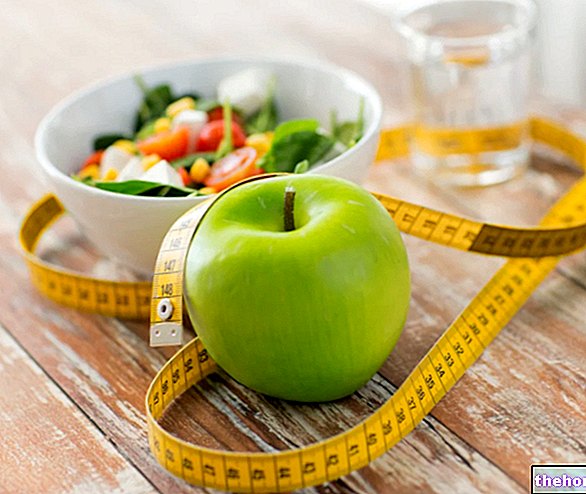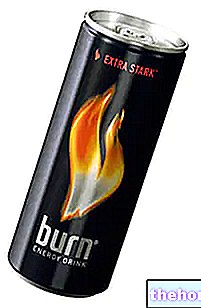Foods are organisms or parts of organisms of the plant or animal world capable of providing, in general after having undergone the digestive processes, energy and nutritional principles (proteins, lipids, carbohydrates, vitamins, minerals, water).
By foodstuff, on the other hand, we mean any substance intended for human consumption, including beverages, not having the character of a medicament.

According to a traditionalist view, everything that brings energy to the organism is considered food. Although this definition is still improperly used, it is an outdated concept.
Currently food is synonymous with raw material for the growth and maintenance of the individual. At each stage of life there are different food needs. Today, for example, despite the caloric abundance, the requests for dietetic products or supplements are constantly increasing. We eat too much and badly, we face the so-called pathologies of well-being and it is therefore necessary to remedy the most common nutritional errors.
According to the old ministerial decree of 31/3/1965, the foods are:
food substances, food products and beverages, as well as chewing preparations, including chewingum and similar.
Chewingum is considered a food because in those days chewing gums were sweetened with cooking sugar, a product capable of providing energy (the latter characteristic, sufficient, but not essential, to make them fall into the category of foods) .
The ministerial decree speaks of:
food substances, ie natural products of agriculture, animal husbandry, fishing and hunting,
and of
food products, that is, manipulated and processed by industry.
The peach picked from the tree is a food substance, while the canned peach is a product, as it is the result of a manipulation of the raw material. The same goes for freshly caught fish (substance) and frozen fillet (product).
This difference is fundamental from a legislative point of view, as it requires compliance with different rules.
From a biological point of view, a food can be defined as:
a raw material that cannot be used directly, but must be demolished in order to be assimilated;
a substance capable of providing energetic and plastic material (thanks to the presence of the three nutritional principles: proteins, carbohydrates, fats) and regulating material (vitamins, mineral salts and to a lesser extent proteins, carbohydrates, fats).
Within the food we must also consider essential substances for the normal functions of the organism, such as water, mineral salts and vitamins, as well as those useful for normal organic functions, such as vegetable fibers, flavoring condiments, coloring and volatile substances (often do not bring calories, but make food palatable). The organoleptic characteristics are therefore important because they reflect people's tastes, so much so that if you don't like a food, there is little to do, you can't eat it. To meet the needs of consumers, the food industries operate a series of sensory evaluations on the product (panel tests, i.e. organoleptic tests carried out by expert tasters, such as the sommelier).
Nerves are defined as all those foods that contain substances capable of acting on the central nervous system and on digestive and absorption processes (tea, coffee, alcohol, cocoa, chocolate).
Notes: tea and coffee do not provide energy (unless taken with milk or sugar). Alcohol provides a lot of energy, but it is considered an "empty food" [food, because it provides calories, empty because it lacks the basic nutritional principles (carbohydrates, lipids and proteins)].
CLASSIFICATION OF FOOD BY CATEGORIES D "MAIN SUPPLY OF NUTRIENTS



MEDIUM QUALITY PROTEINS: dried legumes; some cereals (rice).







































